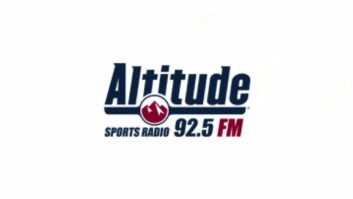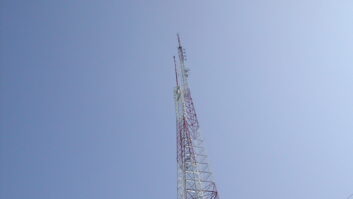
Utilities and government agencies are looking for ways to reduce electricity demand during peak periods and save themselves from having to spend more money on grid infrastructure or new generation capacity — maybe saving customers a few coins in the process.
Two companies — e-Radio and Direct Energy — believe they can combine efforts to accomplish all these things using FM subcarrier transmission.
e-Radio partners with manufacturers of smart grid devices such as thermostats, in-home displays, load controls and appliances, and has established pilot programs with several utility companies.
It says its Utility Message Channel allows utilities, energy retailers or government agencies to send alerts, messages and commands to smart grid-enabled devices and consumer appliances that tells them to lower their energy consumption and operate more efficiently.
Using FM subcarriers leased from radio stations, e-Radio transmits the notifications to the RDS home-based receivers across a municipality or utility service area that results in significantly reduced peak energy demand, according to both companies. The technology can also intervene on the consumer’s behalf, cycling off appliances for set periods of time during peak periods.
Direct Energy has signed an agreement with e-Radio, which operates wireless communications networks and makes FM receiver modules for “smart grid” devices, to market and distribute e-Radio’s product. e-Radio says its software enables secure one-way delivery of data content to receivers using a network of existing FM radio subcarriers.
Direct Energy and e-Radio have conducted pilots in California, Texas and Ontario. In Texas, Direct Energy’s affiliate, CPL Retail Energy, has launched a demand-response and energy efficiency pilot program for residential customers. The pilot uses e-Radio-enabled thermostats to achieve and measure peak period reductions.
It sounds like a way for stations to make money and help utility customers reduce their bills at the same time. e-Radio has been looking at using IBOC technology also.












